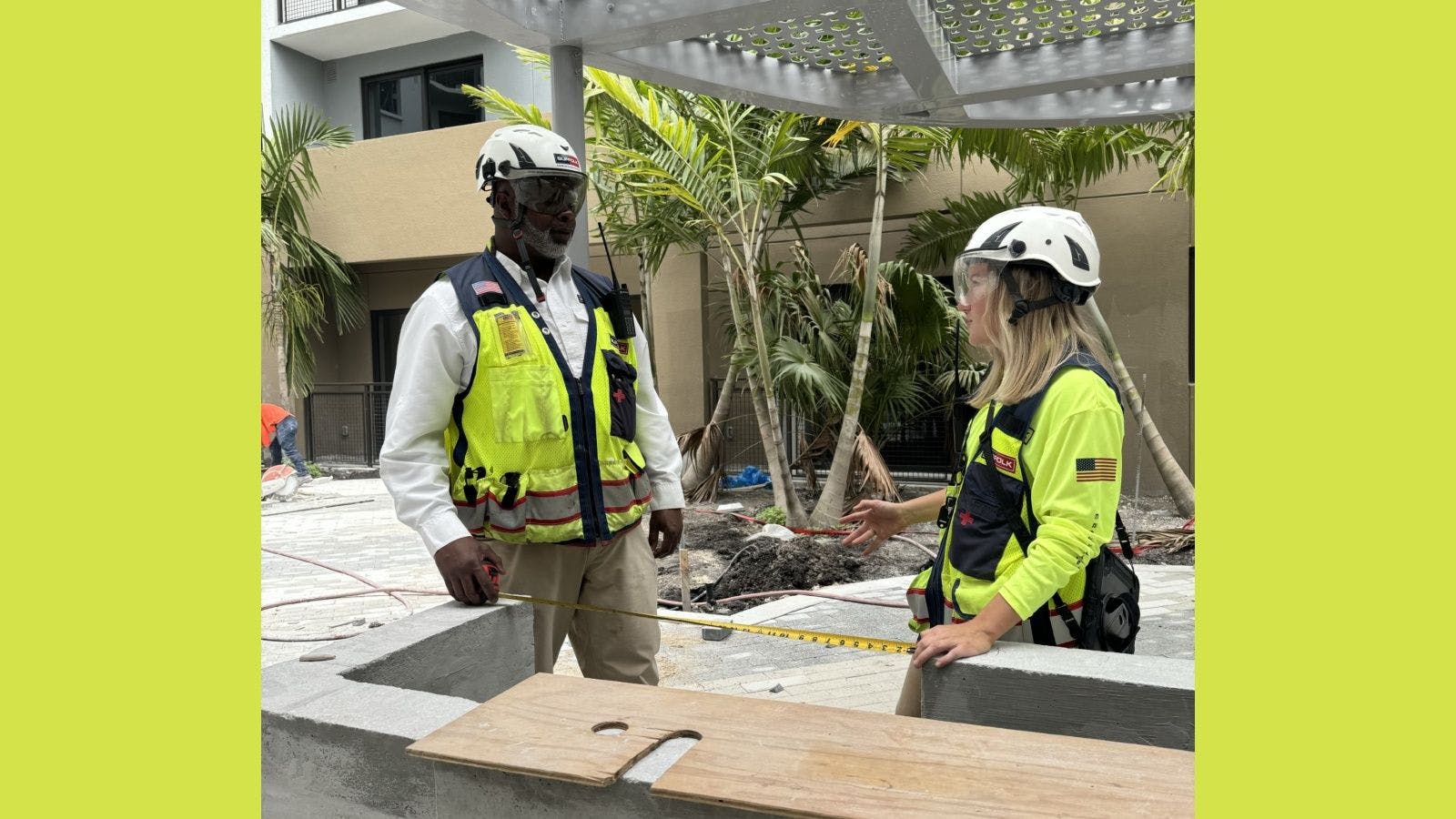
Mitigate the Crisis of Unskilled Construction Workers
As construction projects pick up in a late COVID-19 market, the industry is facing challenges from every corner. There are labor shortages, rising costs and supply chain woes resulting in razor thin margins and an increase in unskilled workers on jobsites. The Biden administration’s infrastructure bill will further stress insurance capacity and an already-tight market for construction personnel.
In a recent Insurance Journal story, Gary Kaplan, the president of construction at AXA XL, said that unskilled workers have now become number-one cause for subcontractor default insurance claims. Docutrax, an insurance verification and tracking company, analyzed a pool of 5,200 subcontractor insurance coverages and found only 18% supplied their general contractors with evidence their insurance complied with the terms of their contract with the general contractor.
What does that number mean? Why is it important to ensure that workers have the right insurance? What other factors add risk and potential liability?
Driving Up Insurance Costs
Without subcontractors there would be no construction industry. They are the specialists that get much of the work done. Nevertheless, absent adequate coverage there are clear risks of downstream liability, and the general contractor could wind up paying unwanted and unnecessary claims without proper indemnification.
Adding to the challenge are the interrelated legal arrangements between the property owner, general contractor and its subcontractors. The contracts between these parties, or the lack thereof, are the driver of responsibility (and blame) when things go wrong. The property owner and the general contractor's subcontractors normally have no written agreement. Absent this privity of interest, the contractual agreement between the general contractor and its subcontractors controls the assignment of any liability arising from negligence.
To mitigate and transfer risk, it’s key to have a well-managed program for verifying contractual insurance compliance for the general contractor’s subcontractors. Otherwise, general contractors face more costs, finger-pointing, damaged reputations and terminated contracts when there are injuries, property damage or other mishaps.
The costs for insurance can be affected in two important ways. Some carriers will exclude general liability coverage for damage caused by an independent contractor while representing a general contractors on the job. If the sub’s activities cause a claim to be filed and they do not carry their own general liability insurance, the general contractors could be financially accountable.
Further, if the general contractor’s insurance carrier determines that the subcontractor is uninsured, it may consider the subcontractor to be part of the general contractor’s company and increase premiums accordingly. So, even if there is no claim, a general contractor could end up effectively paying for insurance that the subcontractor should have had in the first place.
Checking the List
Although it is critically important to verify contractual compliance with any type of risk, construction poses a particularly thorny set of issues that requires a high level of knowledge and attention to detail.
Insurance compliance verification becomes a race to collect and examine a lengthy paper trail, often with legal counsel watching over the shoulder of the auditor. And of course, all this work must be done quickly as time often is of the essence—the job is about to start and delays only add costs and frustration to the project.
The only prudent risk management practice for general contractors is to make sure they have received complete evidence of insurance as specified by contract before the sub ever sets foot on the jobsite. Once a claim has been filed, it likely will be too late.
Here are 12 risk management best practices can mitigate potentially catastrophic liability to the general contractor.
- Do your homework and vet the subcontractor: As with any job interview, contractors must check references. Further, determine if any complaints have been filed with state or local business associations.
- Control the process: The general contractor is responsible for all work performed. This means all client communication goes through it.
- In evidence we trust: The only way to eliminate surprises is to require the subcontractor to provide a complete copy of its insurance policies for careful review. Along with the contract, this is the controlling document that will determine how any claims are handled. Policies need to be reviewed for any exclusions or language that would impact the ability of the subcontractor to legally perform the work required or expose the general contractor to potential liability. Verify there are no exclusions related to height limitation, multi-habitational, residential conversions or other unique conditions (such as torch down for cold apply roofers).
- Certificates of insurance are not sufficient: Certificates of Insurance will not tell all you need to know. It is useful to collect them, and they are essential for project-specific indemnification, but the policy will always govern potential disputes.
- Verify workers' compensation: As with general liability insurance, workers’ compensation should be verified. Although many states mandate workers’ comp insurance for W2 employees, some also require the general contractor to cover uninsured 1099 subcontractors. Contractors will most likely be held liable for an on-the-job injury to a subcontractor that doesn’t have the insurance.
- Don’t forget about professional liability: Requiring errors and omissions insurance from consultants, engineers and architects is a critical step toward proper protection. Defects in their work could be revealed long after the job has been completed. Because E&O insurance is issued on a “claims-made” basis, the subcontractor must maintain continuous coverage to ensure protection.
- Have it in writing: Properly constructed and written contracts are your strongest defense against unnecessary claims and liability. Examine all contracts between the parties. Extract the insurance requirements specific to each. Identify the class codes for the work performed and verify that they align properly with all other documentation and the actual work to be performed.
- Check the carriers writing the policies: Some insurance companies routinely exclude coverage that will affect special situations, such as third-party over action claims by workers. Verify the carrier’s A.M. Best rating. An agent should be able to provide the contractor with a list of carriers to avoid.
- Verify licenses and credentials: Make sure subs are properly licensed in your state and that they have fulfilled any mandatory safety training requirements.
- Watch out for a subcontractor's subcontractors: Yes, it happens. Contractors must approve them in the same manner as the primary subcontractor and they, too, must be insured.
- Checking the checkers: The control point is the auditing team. Auditors should, at minimum, be licensed insurance agents with P&C credentials.
- Call in the experts: It may seem like a lot of bases to cover, but there are a few insurance auditing services that specialize in construction. Doing the job well requires specialists who have industry expertise in insurance policy wording and forms in addition to experience tracking, verifying and monitoring coverage. Maintaining this level of knowledge in-house may be beyond the means and budget of most construction businesses. An outsourced solution is often the most cost-effective way to ensure interests are properly managed.
Years spent building a business could be gone in a flash from one unfortunate failure to look carefully at what is necessary. Don’t take shortcuts in a tight labor market. Although many projects are done on a strict schedule, proof of insurance is one area contractors do not want to skimp on. There are simply too many instances when “getting around to it” happens too late (or never happens at all) and then, inevitably, it is too late.
Related stories








